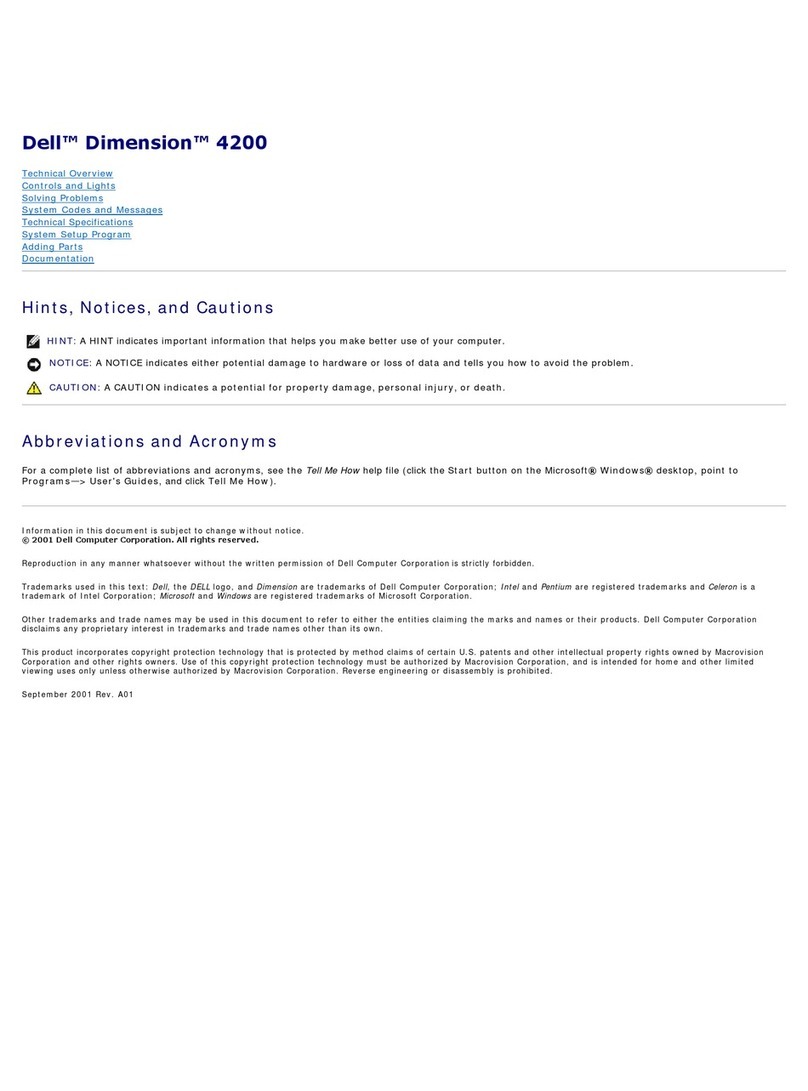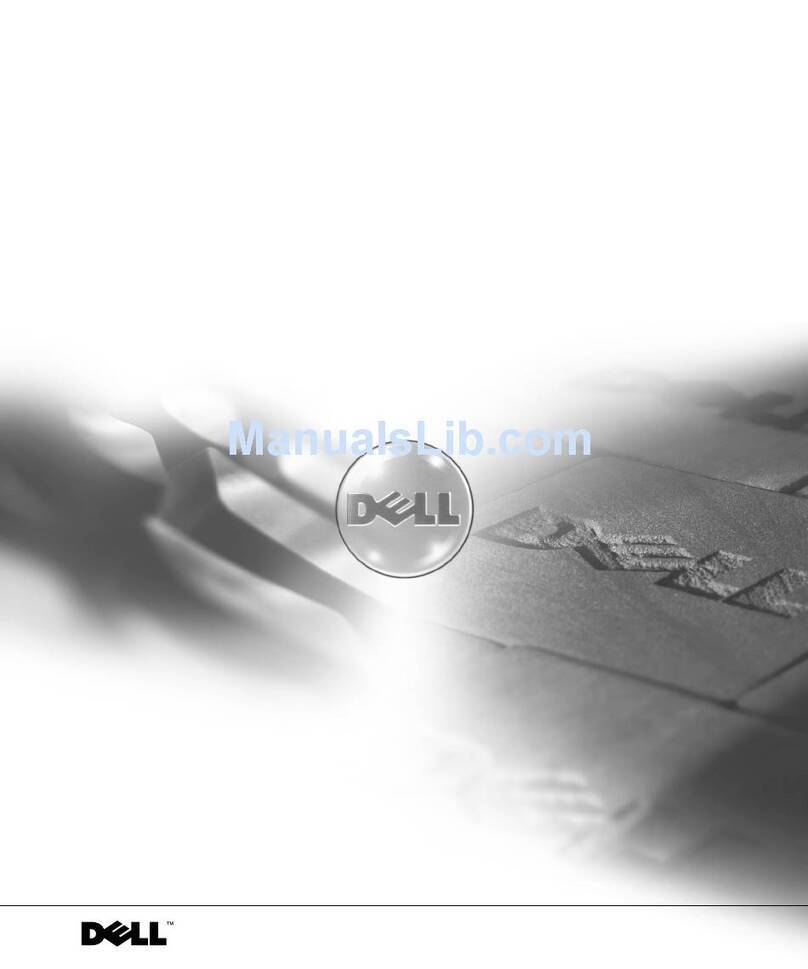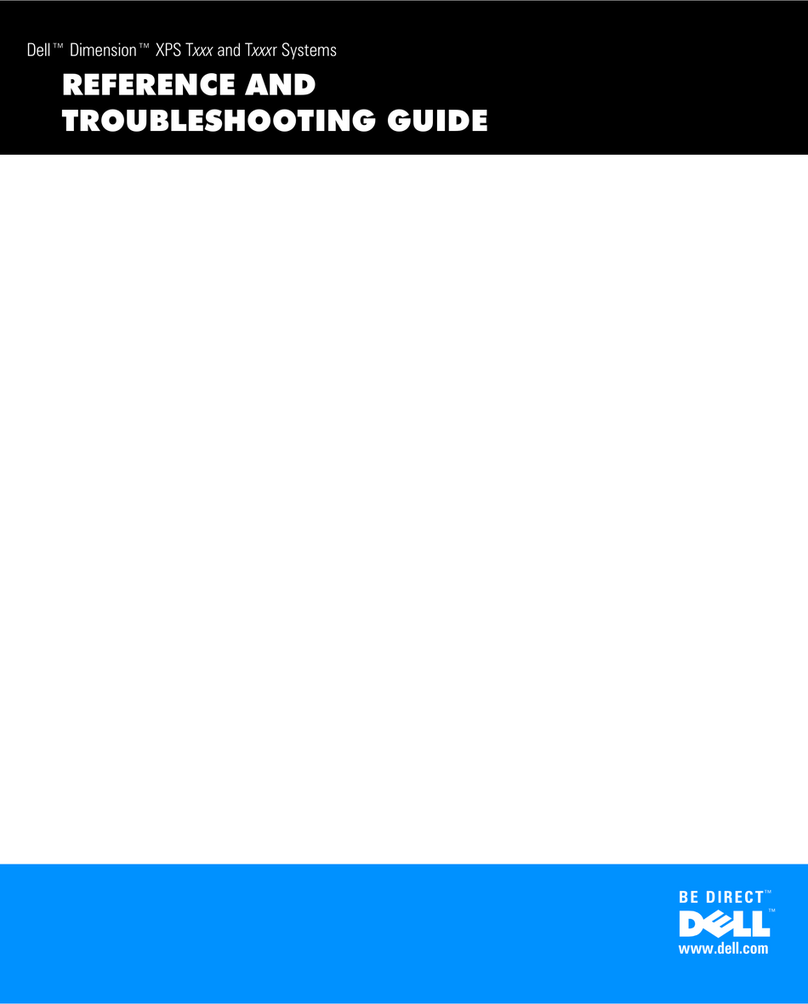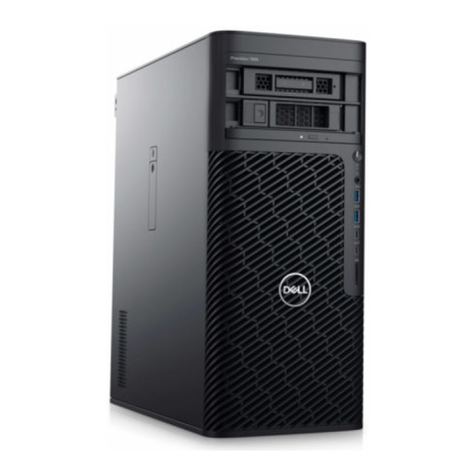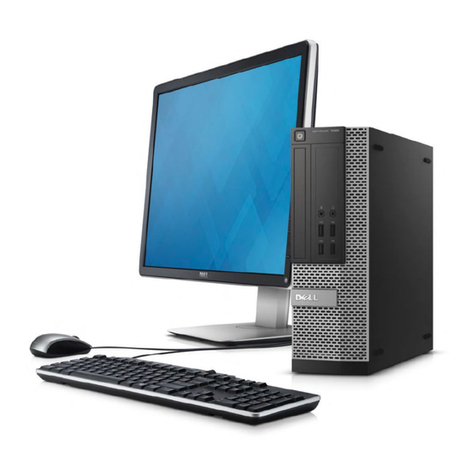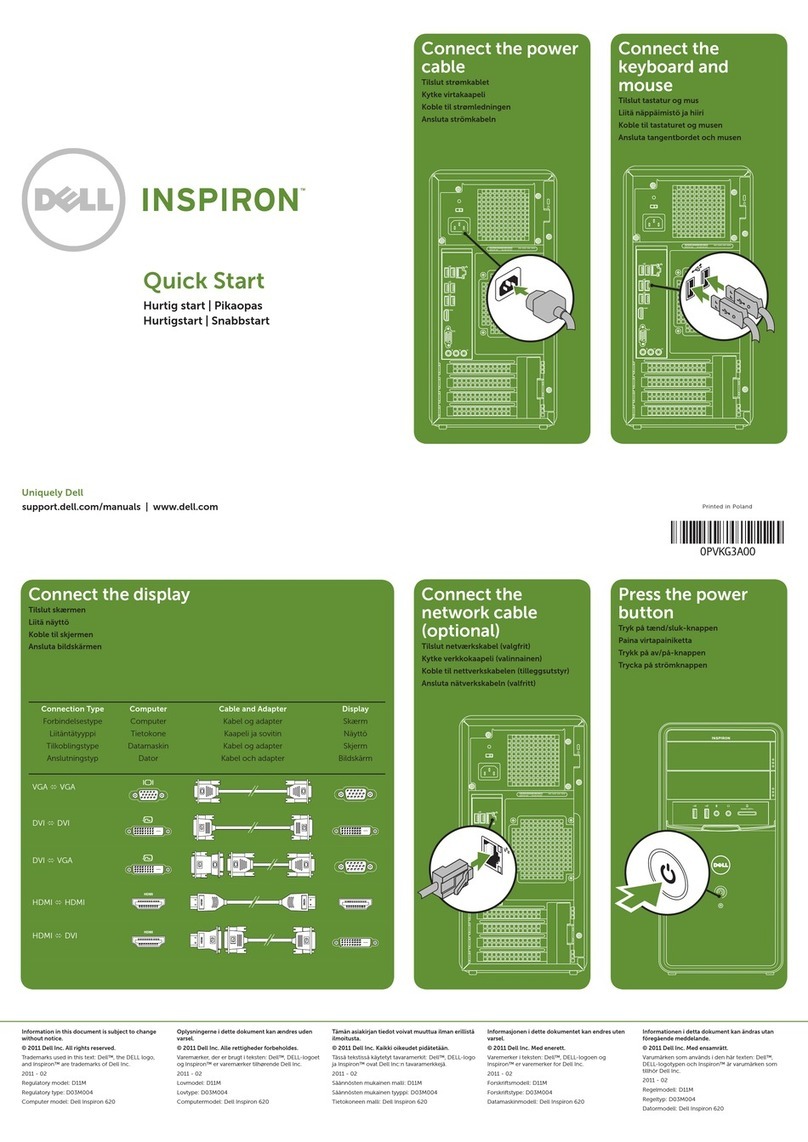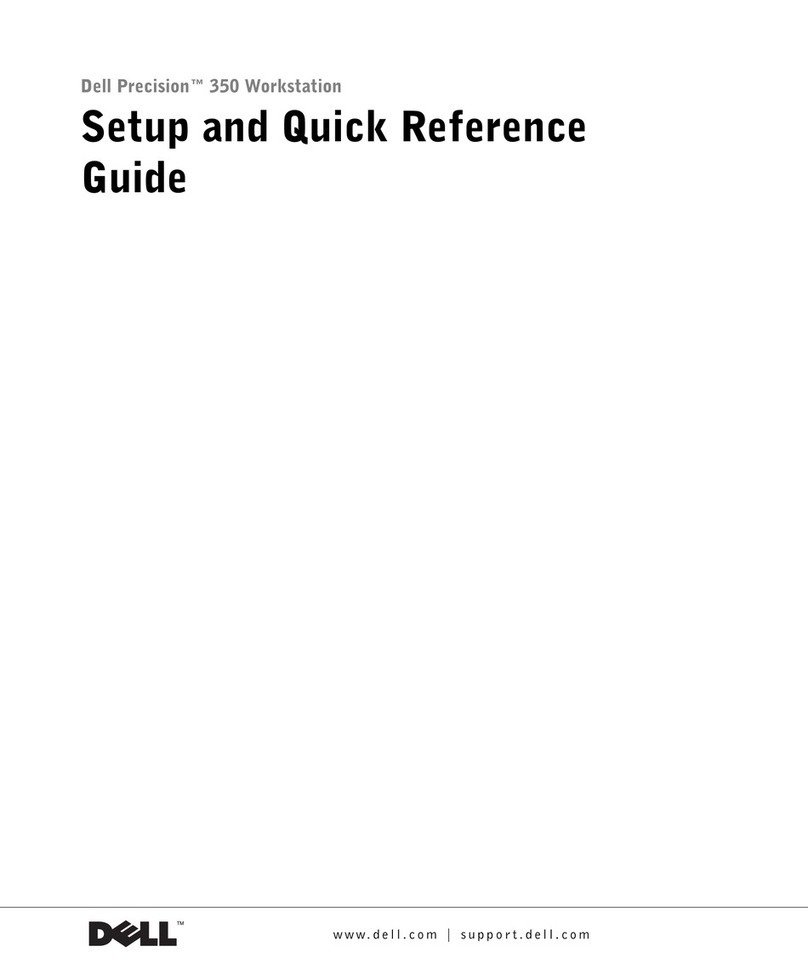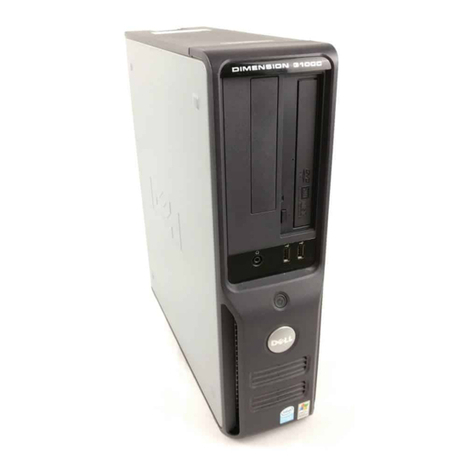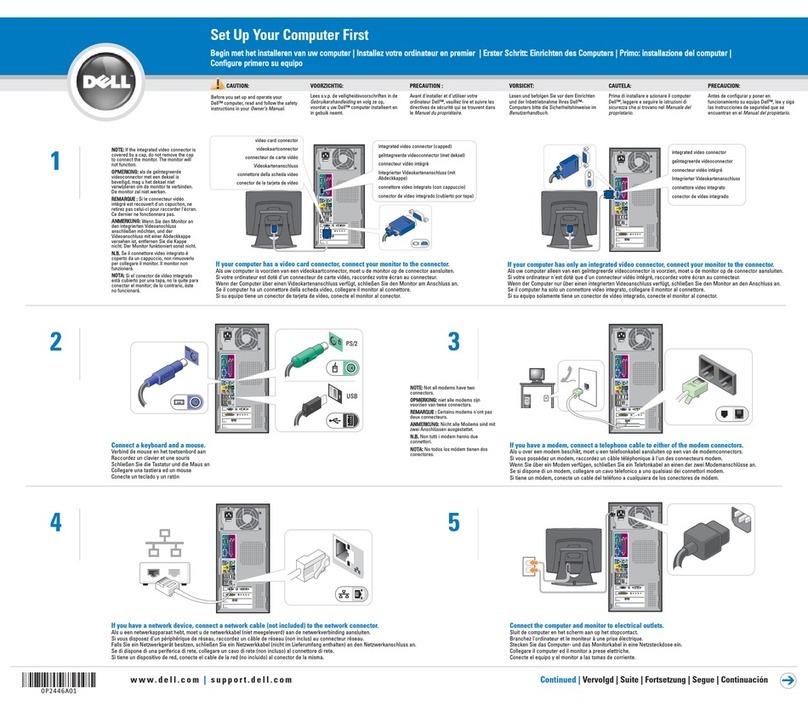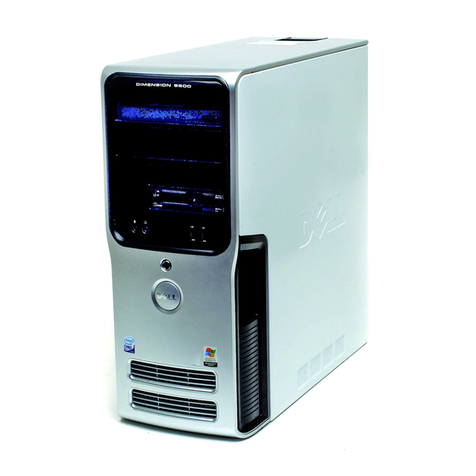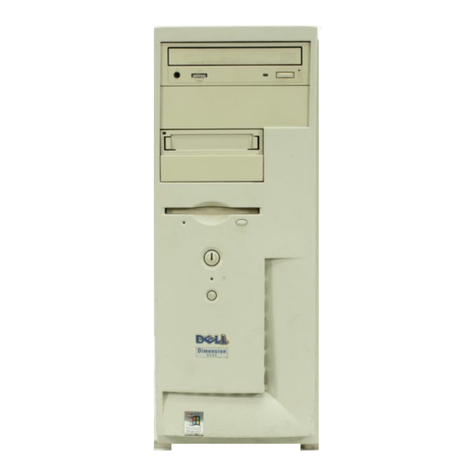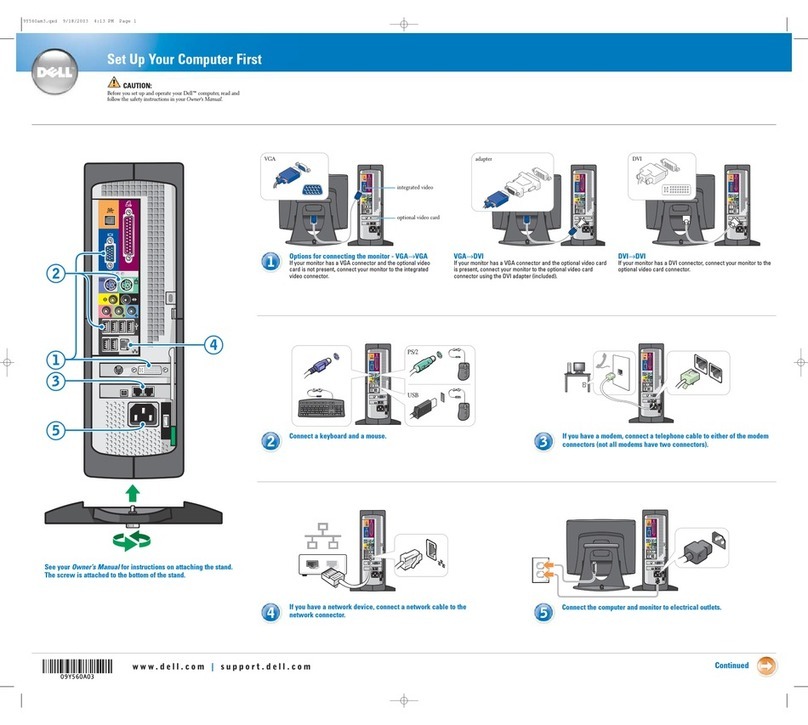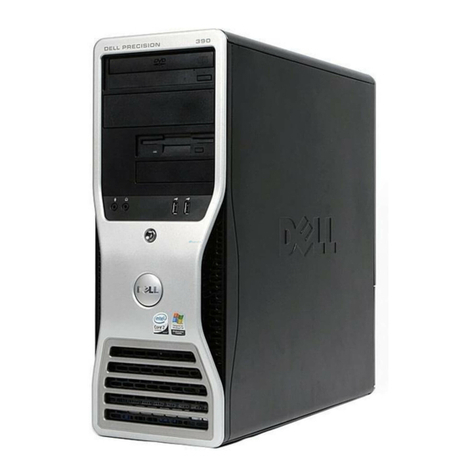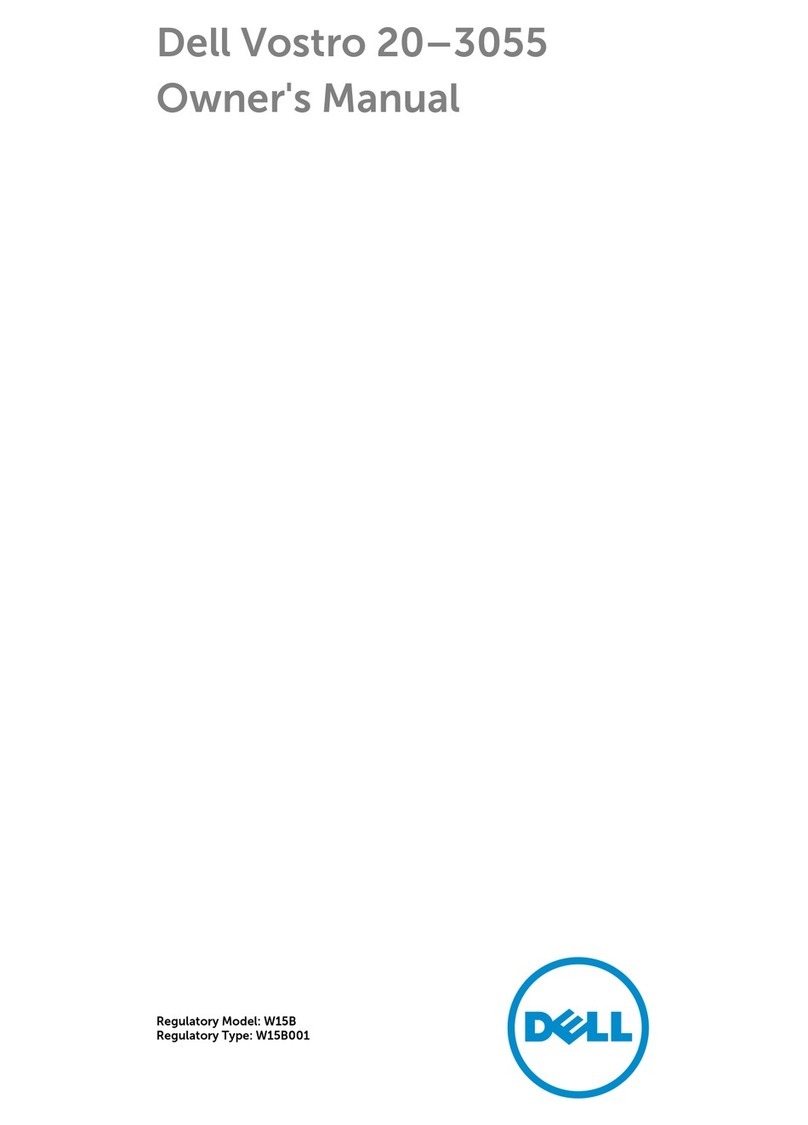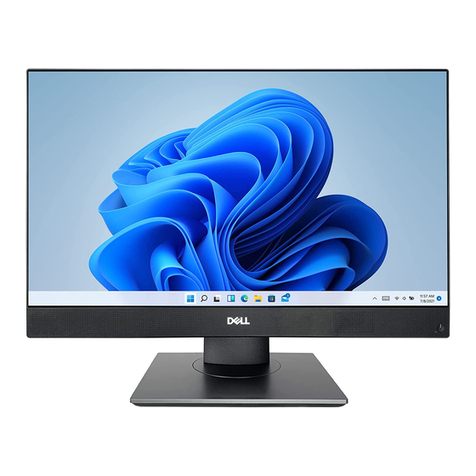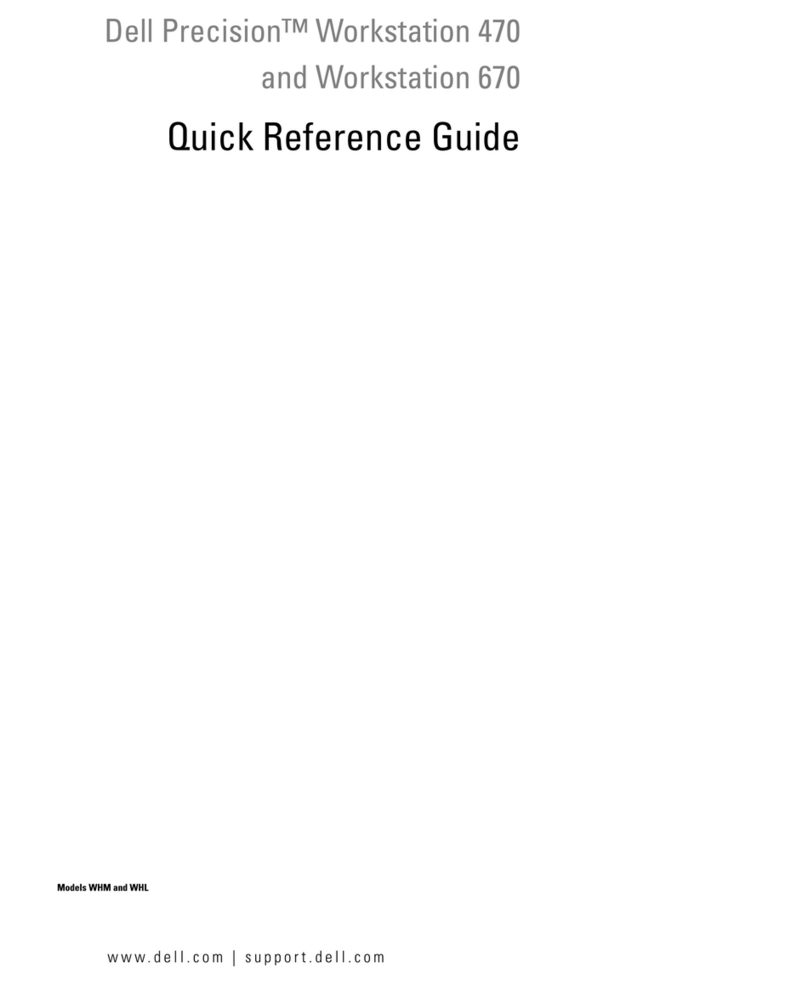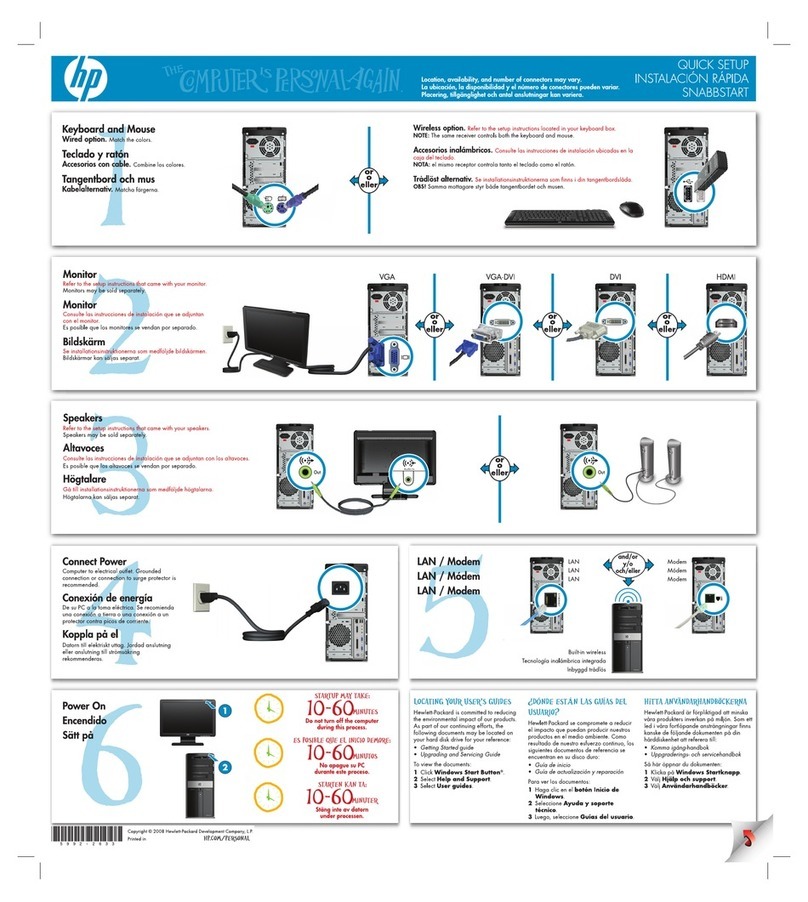
Table of contents
1System overview..................................................................................................................................................................5
Introduction.........................................................................................................................................................................5
New technologies ............................................................................................................................................................. 6
2System features ...................................................................................................................................................................7
Comparison of PowerEdge systems ...............................................................................................................................7
Specifications ..................................................................................................................................................................... 8
3Chassis views and features ..............................................................................................................................................11
Chassis views..................................................................................................................................................................... 11
Chassis features ................................................................................................................................................................14
4Processor............................................................................................................................................................................17
Processor features............................................................................................................................................................17
Supported processors......................................................................................................................................................17
GPU support ......................................................................................................................................................................18
Chipset................................................................................................................................................................................18
5Memory...............................................................................................................................................................................19
Supported memory ..........................................................................................................................................................19
Memory configurations .................................................................................................................................................. 20
Memory speed ..................................................................................................................................................................21
Memory RAS features.......................................................................................................................................................21
6Storage ............................................................................................................................................................................... 23
Internal storage ................................................................................................................................................................ 23
External storage ............................................................................................................................................................... 23
Storage controllers.......................................................................................................................................................... 24
Optical drive ..................................................................................................................................................................... 25
Tape drive.......................................................................................................................................................................... 25
7Networking and PCIe ...................................................................................................................................................... 26
Embedded NIC controller.............................................................................................................................................. 26
PCIe expansion ................................................................................................................................................................ 26
8Power, thermal, and acoustics ...................................................................................................................................... 28
Power consumption and energy efficiency................................................................................................................ 28
Power supply units .......................................................................................................................................................... 29
Thermal and acoustics.................................................................................................................................................... 30
9Rack rails and cable management ................................................................................................................................ 33
Sliding rails ........................................................................................................................................................................ 33
Cable management arm................................................................................................................................................. 34
10 Operating systems and virtualization ........................................................................................................................... 35
Supported operating systems........................................................................................................................................ 35
Supported virtualization ................................................................................................................................................. 36
11 Dell OpenManage systems management.................................................................................................................... 36
Systems management solutions ................................................................................................................................... 37
OpenManage systems management ........................................................................................................................... 38
Dell server management operations............................................................................................................................ 43
Appendix A. Additional specifications.......................................................................................................................... 45
Chassis dimensions and weight .................................................................................................................................... 45
Power supply specifications .......................................................................................................................................... 45
Environmental specifications ........................................................................................................................................ 46
Video specifications ........................................................................................................................................................ 47
Rack rail specifications ................................................................................................................................................... 47
USB peripherals................................................................................................................................................................ 48
Appendix B. Standards compliance ............................................................................................................................. 49
